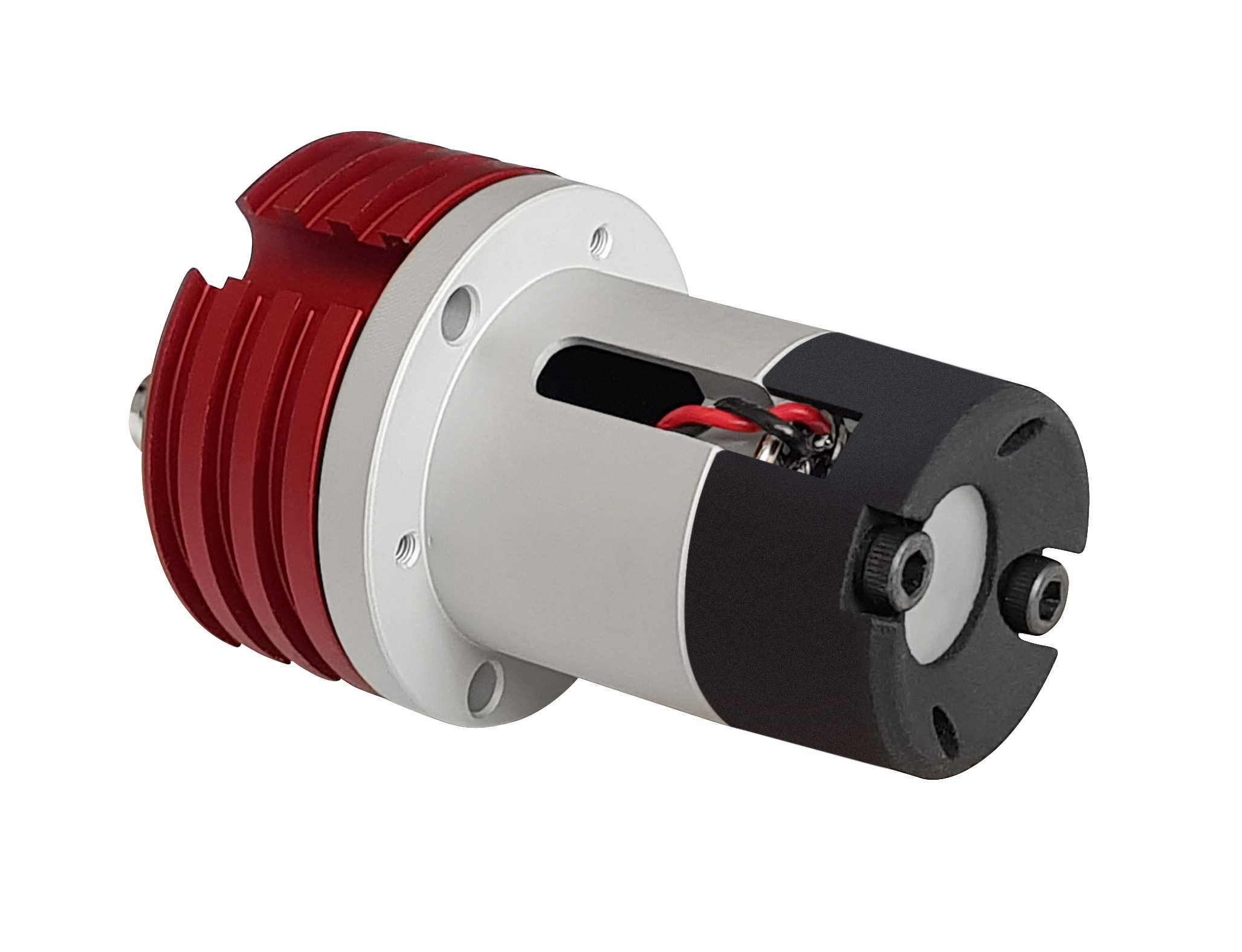Edge diffraction
Edge diffraction is a light interference phenomenon that occurs
whenever an object, regardless of its geometry, is hit by a more or less
monochromatic collimated beam of light.
The effect produced by
this phenomenon is visible on a screen placed behind the object or on
the image plane of the lens used to project the object on a sensor, and
appears as a white border on the edge of the object’s image.
Edge diffraction is generated by the interference between the flat wave front of the incident radiation (i.e. the collimated light) and the secondary spherical waves generated by the edge of the object, according to the Huygens-Fresnel principle: these secondary waves propagate across all the space beyond the object, including the space occupied by its geometric shadow, and generate the above interference phenomenon.
In case of lighting that is not particularly monochromatic (e.g. LED light), the extent of the phenomenon is limited to the first peak of interference, generating a white frame along the edge of the object’s image.
The other interference peaks start to appear the more the lighting is monochromatic (e.g. laser light) and the more the light source is point-like.
Even if only featured in the first order of interference, edge diffraction can cause problems during the image processing stage, namely edge detection difficulties and inaccuracies in metrology applications.
To completely eliminate edge diffraction from the image, you need to use a sufficiently large source: this way, more interference figures – which overlap and mediate with each other – are produced on the image plane, thereby deleting the interference peaks and generating clean transitions between the object’s image and the background.
To achieve this purpose, Opto-Engineering has developed the LTSCHP1W-GZ source, consisting of a LED source with a diffuser placed in front of it. The diffuser is meant to generate an extended source, with a diameter designed to eliminate effects caused by edge diffraction on all the series of Standard and Core Telecentric lenses by Opto-Engineering (except for the Core-Plus series, which has a dedicated source).
To eliminate edge diffraction, the source size must ensure that the ratio between the diameter ∅L of the source and the diameter ∅D of the stop of the telecentric lens is greater than the ratio between the focal length fL of the front unit of the illuminator and the focal length fD of the front unit of the telecentric lens:
In most setups, the illuminator is chosen with the same front size as the telecentric lens (e.g. if my lens is TC23064, I will almost always opt for an LTCLHP064 illuminator): in this case, the front illuminator unit is the front unit of the telecentric lens, namely fL=fD.
Therefore, the previous formula is reduced to:
Therefore, the diameter of the source just needs to be larger than the diameter of the stop, and the edge diffraction will not be visible on the image plane.
The diameter of the current source, LTSCHP1W-GZ, is ∅L=12mm, larger than the ∅D diameter of all the stops currently featured in the Standard and Core series of Telecentric lenses by Opto-Engineering, in order to ensure our standard setups are free from effects due to edge diffraction.





